
Obsessive-compulsive disorder, also known as OCD, is a type of anxiety disorder defined by intrusive thoughts that produce uneasiness, apprehension, fear, or worry, by repetitive behaviors aimed at reducing the associated anxiety. Sometimes, the disorder combines the obsession and compulsions, and the individuals keep repeating the same things they feel they have to do so. Anxiety disorders are generally associated with emotions that range from simple nervousness to bouts of terror. The symptoms of obsessive-compulsive disorder are often alternating, and they are very time-consuming. For a majority of patients, this condition causes severe emotional and financial problems and people affected with it may appear paranoid and potentially psychotic. What is typical for this disorder is that sufferers recognize their obsessions and compulsions as irrational, but have problems to control them.
Signs and symptoms of obsessive–compulsive disorder
In about 80 percent of cases, symptoms are present before the age of 18. Symptoms of obsessive–compulsive disorder usually include excessive washing or cleaning, frequent checking, extreme hoarding, preoccupation with one type of thoughts (sexual, violent, religious…), need to avoid specific numbers or specific objects, repeated opening and closing the door, repeating certain acts for a specific number of times, etc. The obsessions usually persist despite the patient’s efforts to ignore them. These frequently repeated tasks, also known as compulsions, are actually a way to seek a relief from obsession-related anxiety.
Treatment for obsessive-compulsive disorder
The first line treatment for obsessive-compulsive disorder is a combination of cognitive behavioral therapy and medications. However, some aspects of disorder are also manageable by psychodynamic psychotherapy. Psychodynamic psychotherapy tends to reveal unconscious content of a patient’s psyche and to alleviate the associated tension.
Behavioral therapy, when used to manage the obsessive-compulsive disorder, focuses on teaching the patient to tolerate the anxiety that occurs with avoiding the ritual behavior. This treatment is known as exposure and ritual prevention and is based on the idea that therapeutic effect is accomplished as patients confront their fears and stop their escape response. For example, a person that repeatedly checks light switches to make sure they're turned off would be asked to restrain from any safety behavior when leaving a room.
Medication treatment usually includes selective serotonin reuptake inhibitors and the tricyclic antidepressants. These medications can help to regulate serotonin in the brain. Serotonin is an important neurotransmitter that, among other things, regulates the mood. Some doctors may prescribe benzodiazepines, to certain class of patients, but these drugs are generally considered to be ineffective in treatment of obsessive-compulsive disorder.



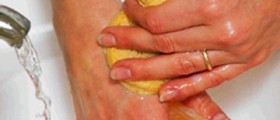
-Causes,-Symptoms,-Diagnosis-And-Treatment_f_280x120.jpg)
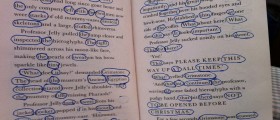


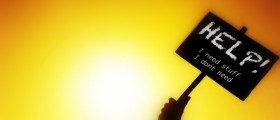

-Uses%2C-Side-Effects-And-Risks_f_280x120.jpg)
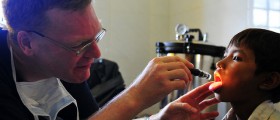




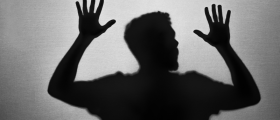
Your thoughts on this
Loading...